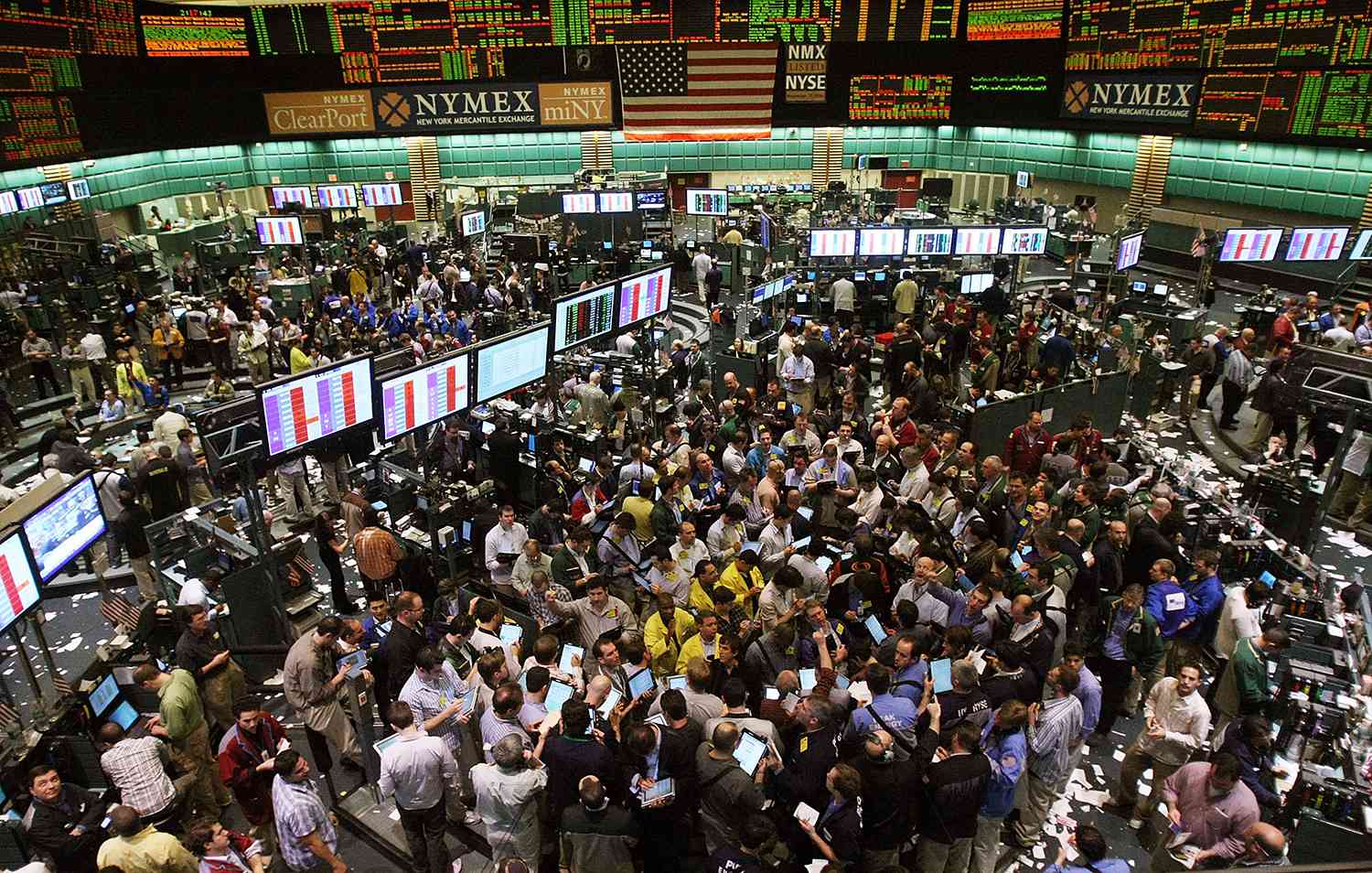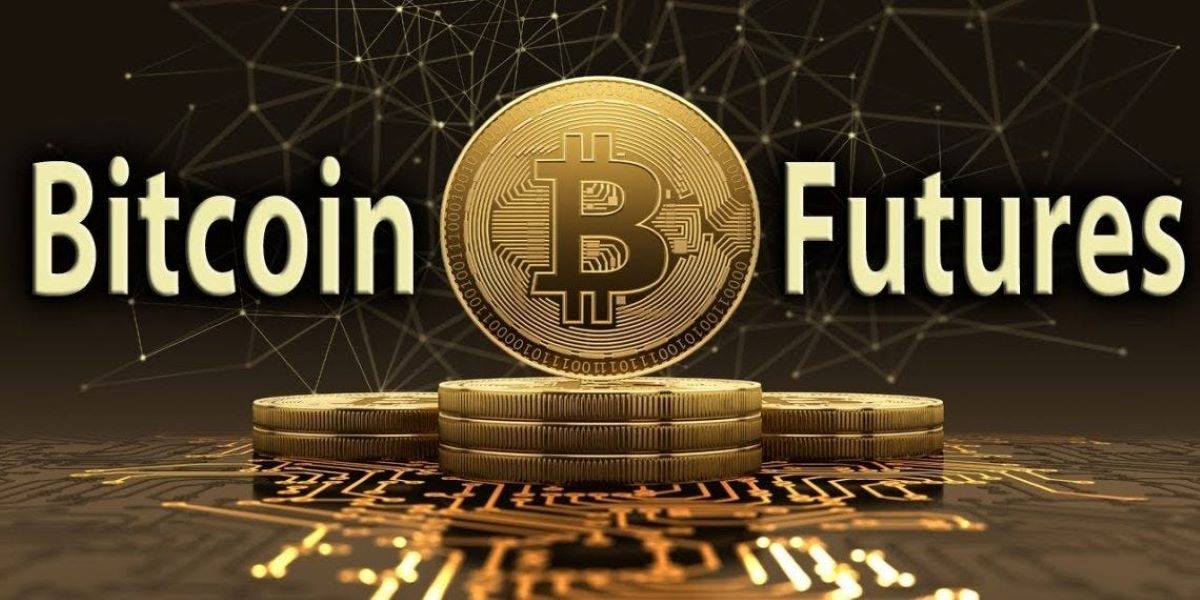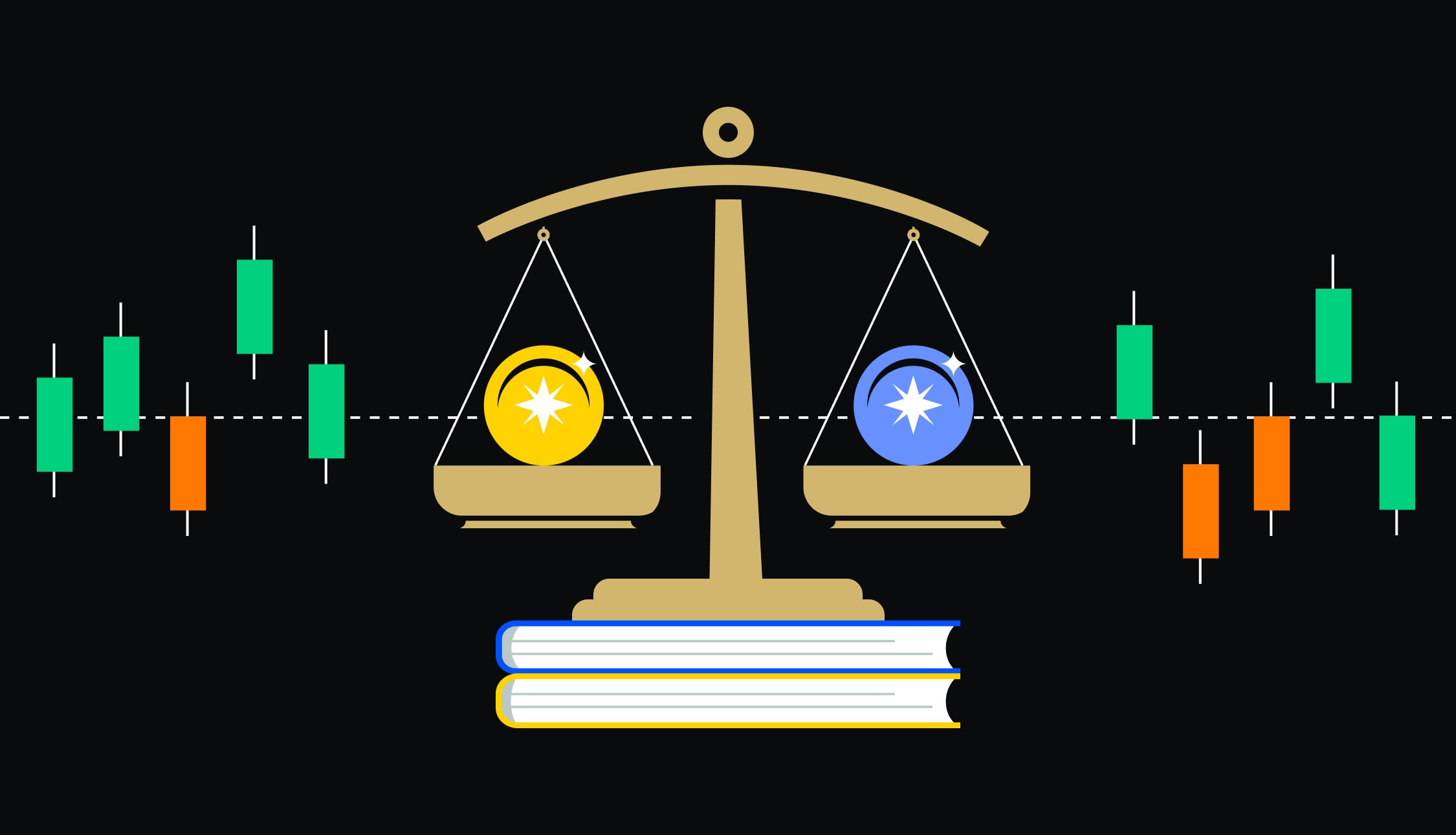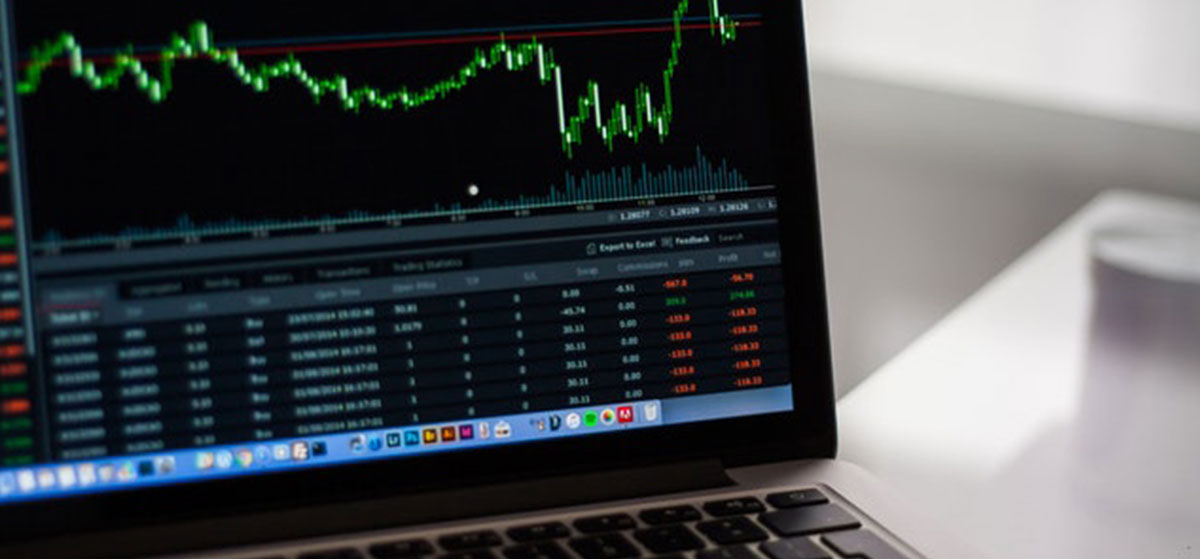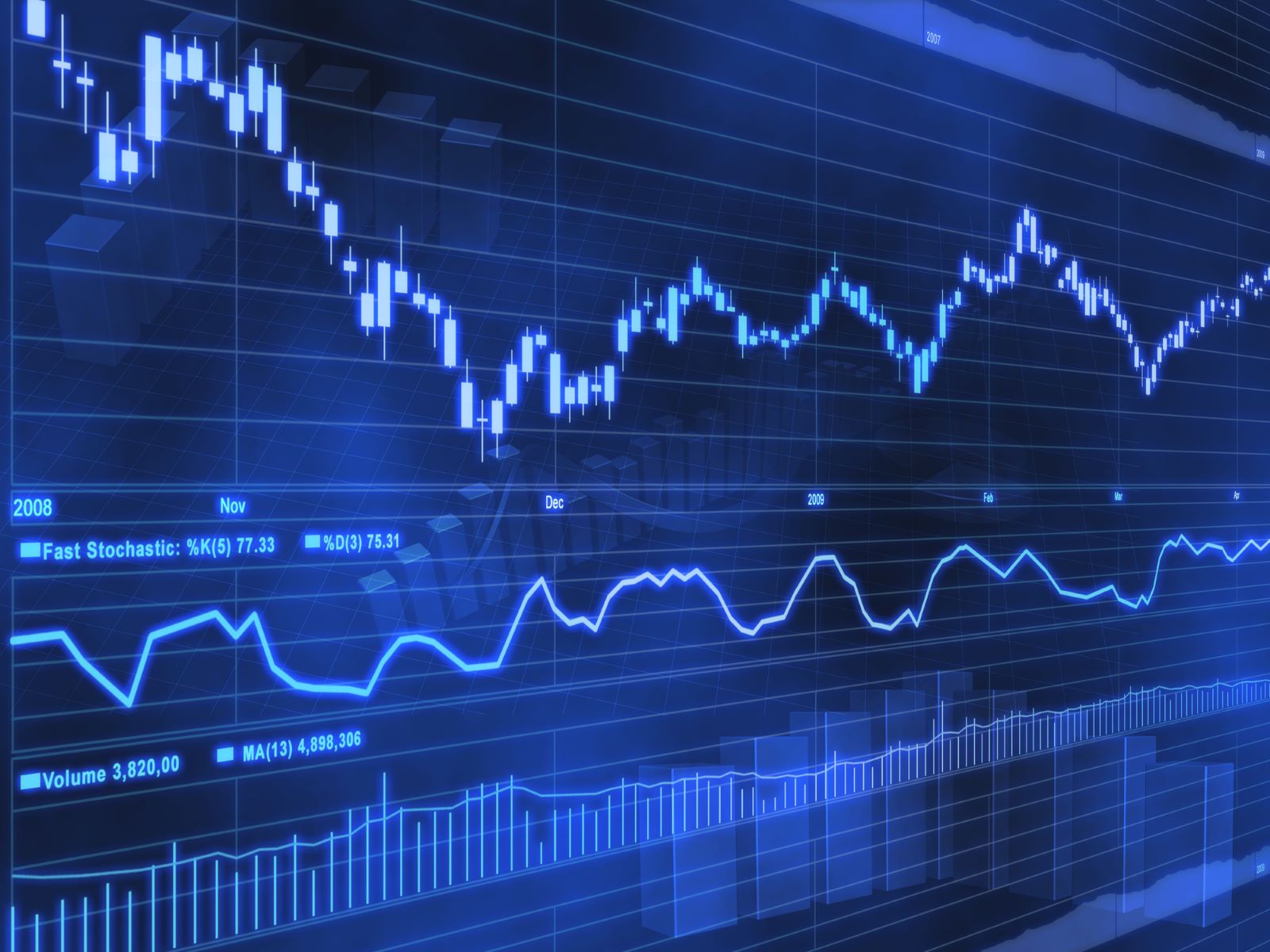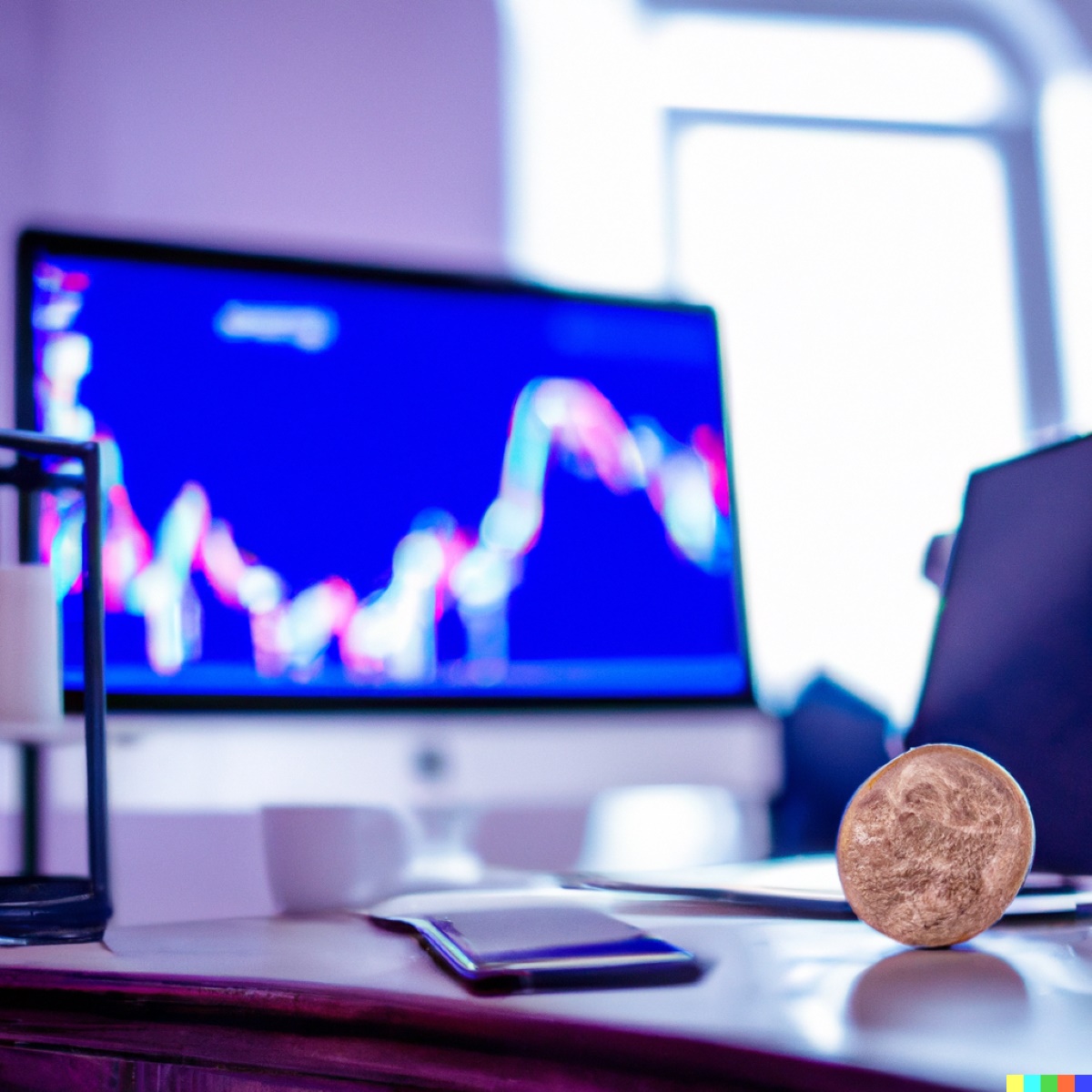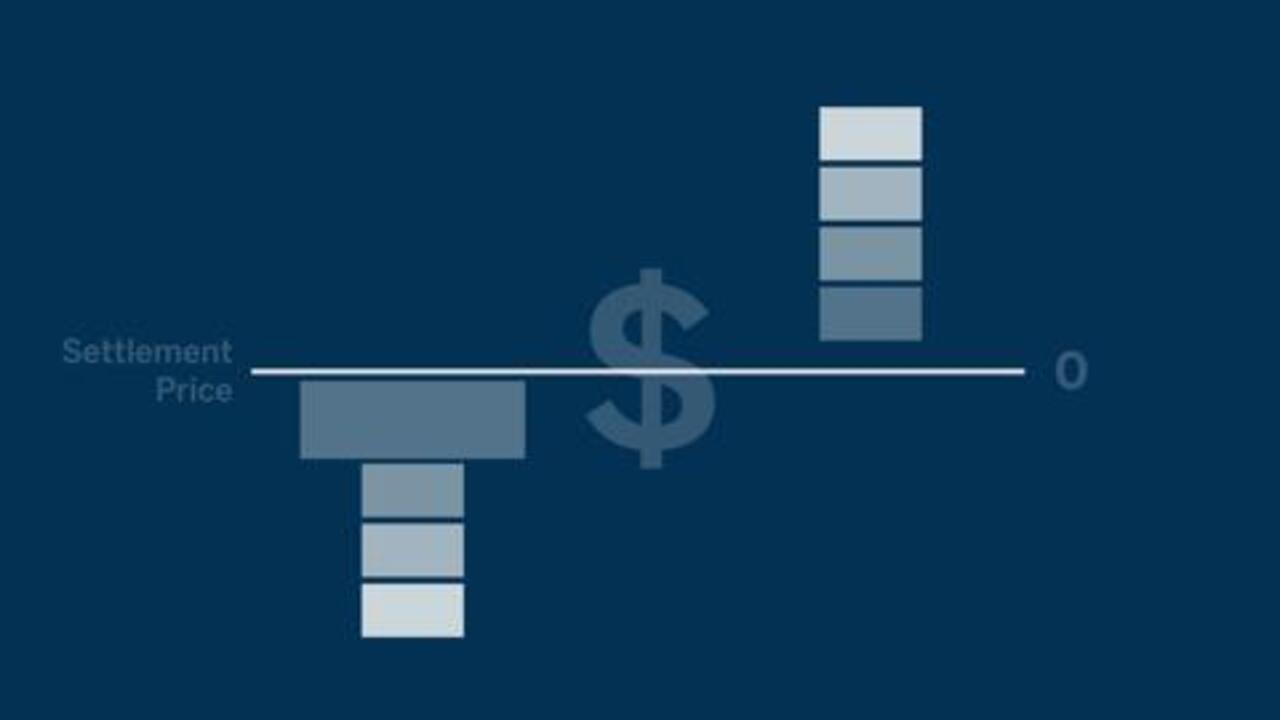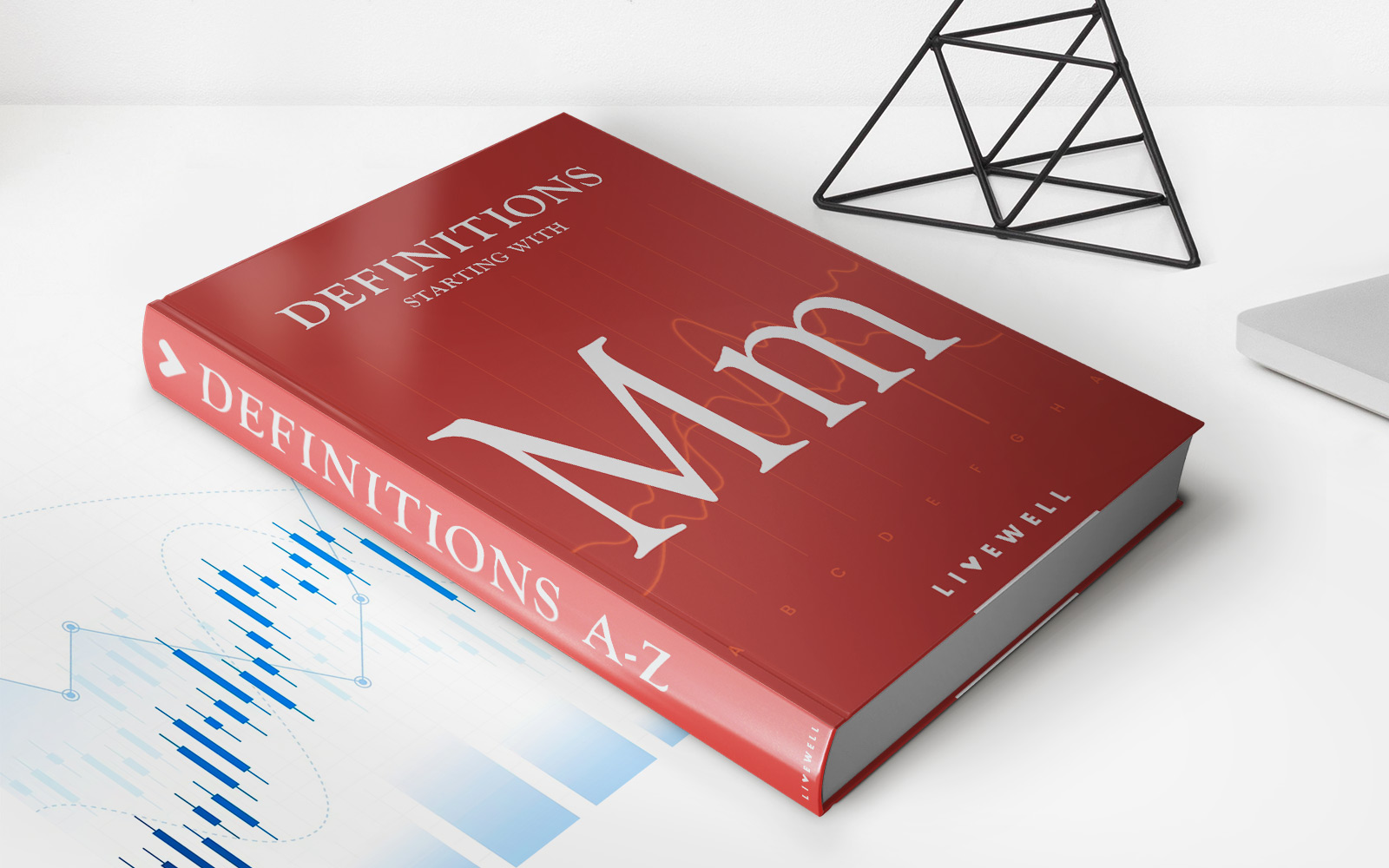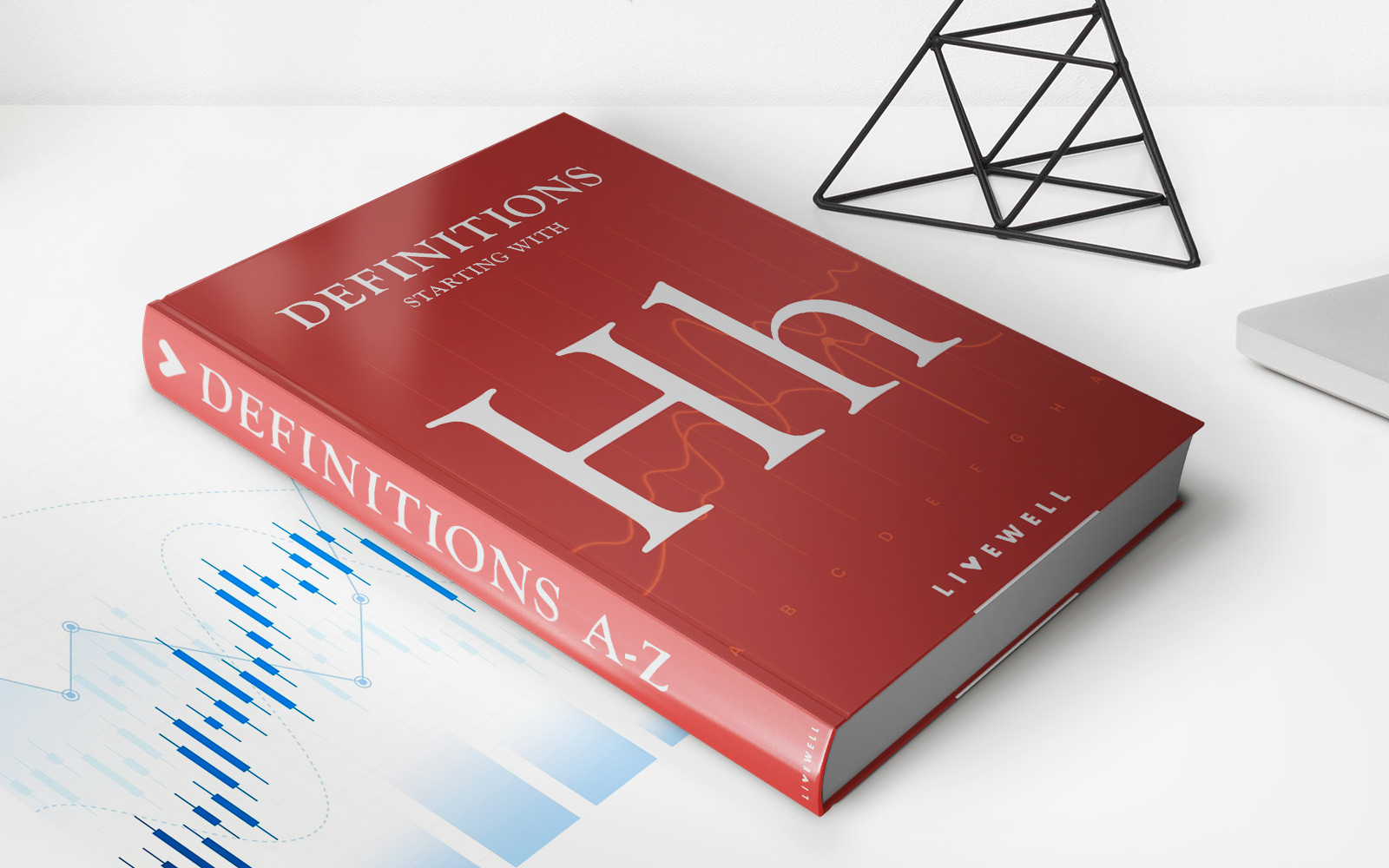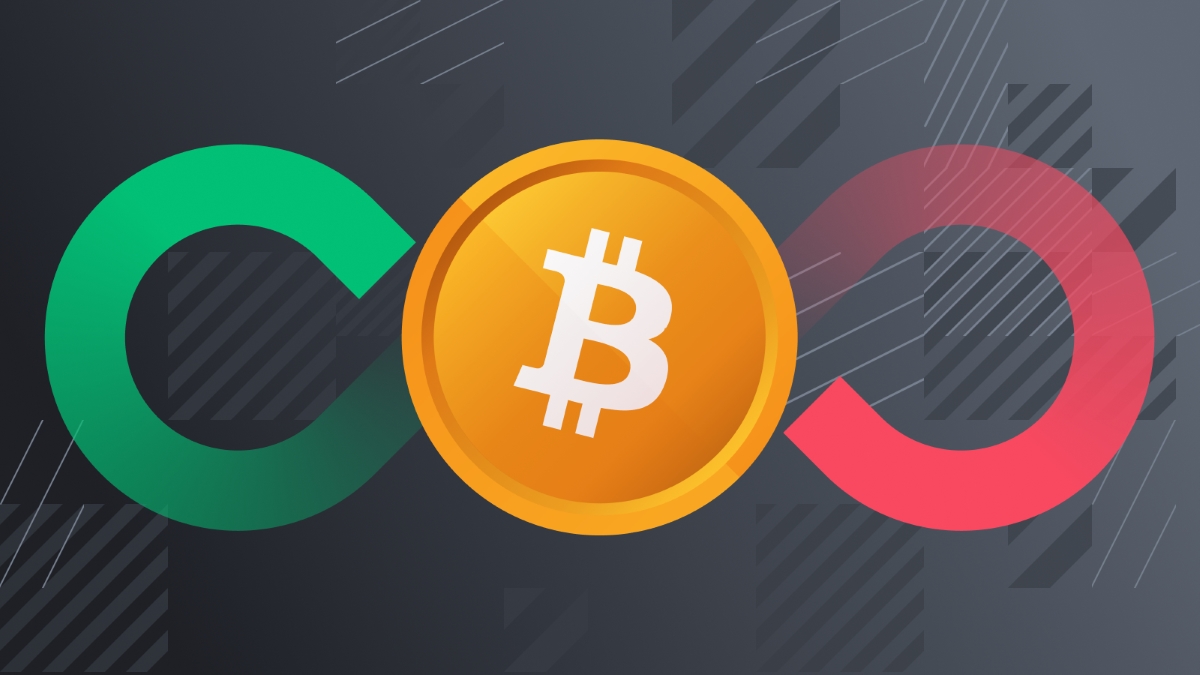

Finance
What Are Perpetual Futures Contracts
Published: December 24, 2023
Learn about perpetual futures contracts in finance and how they work. Discover their benefits, risks, and how they differ from traditional futures contracts.
(Many of the links in this article redirect to a specific reviewed product. Your purchase of these products through affiliate links helps to generate commission for LiveWell, at no extra cost. Learn more)
Table of Contents
- Introduction
- Definition of Perpetual Futures Contracts
- How Perpetual Futures Contracts Work
- Key Features of Perpetual Futures Contracts
- Advantages of Perpetual Futures Contracts
- Risks and Considerations with Perpetual Futures Contracts
- Comparison of Perpetual Futures Contracts with Traditional Futures Contracts
- Examples of Perpetual Futures Contracts in the Market
- Conclusion
Introduction
Perpetual futures contracts have become increasingly popular in the financial world for their flexibility and unique features. These contracts offer traders a way to speculate on the price movements of various assets, such as cryptocurrencies, commodities, and indices.
Unlike traditional futures contracts that have an expiration date, perpetual futures contracts do not have a set expiry. This characteristic allows traders to hold their positions for as long as they desire, providing opportunities for both short-term and long-term trading strategies.
In this article, we will explore the definition, workings, advantages, risks, and comparisons of perpetual futures contracts to gain a deeper understanding of this financial instrument.
Additionally, we will examine real-life examples of perpetual futures contracts in different markets to illustrate how they operate in practice.
Whether you are a seasoned trader or a novice looking to expand your investment portfolio, understanding perpetual futures contracts is essential in navigating the dynamic and ever-evolving financial landscape.
Definition of Perpetual Futures Contracts
Perpetual futures contracts, also known as perpetual swaps or perpetuals, are derivative contracts designed to track the price of an underlying asset. These contracts enable traders to speculate on the price movements of the asset without actually owning it.
Unlike traditional futures contracts, which have a specified expiration date, perpetual futures contracts do not have a predetermined end date. They are perpetual in nature and continue to exist until the trader decides to close their position.
Perpetual futures contracts are typically traded on cryptocurrency exchanges and are widely used for trading cryptocurrencies like Bitcoin, Ethereum, and others. However, they are not limited to cryptocurrencies and can also be found in other asset classes such as commodities, indices, and even traditional currencies.
One notable characteristic of perpetual futures contracts is the funding rate mechanism. The funding rate is a periodic fee or payment that traders have to pay or receive, depending on whether the contract is trading at a premium or discount to the underlying spot price. The funding rate helps ensure that the perpetual contract closely tracks the spot price of the underlying asset.
The value of a perpetual futures contract is determined by a combination of the underlying asset’s market price, the contract’s funding rate, and any additional fees or costs associated with trading.
It is essential to note that perpetual contracts are settled in the same cryptocurrency or asset as the underlying contract. For example, a Bitcoin perpetual contract will be settled in Bitcoin, while an Ethereum perpetual contract will be settled in Ethereum.
Overall, perpetual futures contracts provide traders with a flexible and efficient way to gain exposure to the price movements of various assets, enabling them to take advantage of both rising and falling markets.
How Perpetual Futures Contracts Work
Perpetual futures contracts operate on the principle of margin trading, allowing traders to gain exposure to the price movements of an underlying asset without having to own it physically.
Here’s how perpetual futures contracts work:
- Initial Margin: To enter a position, traders are required to deposit an initial margin, which is a fraction of the total contract value. This margin acts as a security deposit and is used to cover any potential losses incurred during the trade.
- Mark Price: Perpetual futures contracts are settled based on a mark price, which is a reference price derived from the spot price of the underlying asset. The mark price helps mitigate the risks associated with price manipulation and ensures fairness in trading.
- Leverage: Perpetual futures contracts offer traders the option to trade with leverage. Leverage enables traders to amplify their exposure to the underlying asset, potentially increasing profits but also magnifying losses.
- Trading: Once a position is opened, traders can actively buy or sell the perpetual futures contract based on their market outlook. Profits or losses are realized based on the difference between the entry price and the exit price.
- Funding Rate: Perpetual futures contracts utilize a funding rate mechanism to align the contract price with the spot price. Funding rates are calculated periodically and are exchanged between long and short positions in the market. Traders either pay or receive funding based on the difference in price between the contract and the spot market.
- Rolling Over: Since perpetual futures contracts do not have expiration dates, they require regular maintenance to keep the position active. Traders can choose to roll over their contracts by closing the existing position and opening a new one to extend their exposure if desired. Rolling over ensures that the perpetual contract remains open without the need for physical delivery of the underlying asset.
It is important to note that perpetual futures contract trading comes with inherent risks. Market volatility, leverage, and funding costs can amplify both gains and losses, making it crucial for traders to have a well-defined risk management strategy and a thorough understanding of the market before engaging in perpetual futures trading.
Overall, perpetual futures contracts offer traders the flexibility and opportunity to profit from price movements in various financial markets while efficiently managing their positions through leverage and funding rate mechanisms.
Key Features of Perpetual Futures Contracts
Perpetual futures contracts possess several distinct features that set them apart from traditional futures contracts and other derivative instruments. Understanding these features is essential for traders looking to engage in perpetual futures trading. Here are the key features of perpetual futures contracts:
- No Expiration: Unlike traditional futures contracts, perpetual futures contracts do not have an expiration date. This means that traders can hold their positions for as long as they desire without the need to worry about contract rollover or delivery of the underlying asset.
- Leverage: Perpetual futures contracts offer traders the ability to trade with leverage. Leverage allows traders to amplify their exposure to the underlying asset, potentially increasing potential gains or losses. However, it is important to note that leverage also comes with increased risk.
- Funding Rate Mechanism: Perpetual futures contracts utilize a funding rate mechanism to ensure that the contract price remains aligned with the spot price of the underlying asset. The funding rate is periodically exchanged between long and short positions to maintain the contract’s market price close to the underlying asset’s price.
- Continuous Trading: Perpetual futures contracts provide traders with the ability to trade 24/7. This continuous trading allows traders to take advantage of market opportunities and react quickly to market movements at any time, regardless of the trading hours of traditional financial markets.
- High Liquidity: Due to their popularity, perpetual futures contracts often boast high liquidity. This means that traders can enter and exit positions swiftly and with minimal slippage, allowing for efficient execution of trades.
- Global Access: Perpetual futures contracts can be accessed by traders worldwide, as they are typically traded on online cryptocurrency exchanges. This global accessibility provides opportunities for traders from different regions to participate in the market and benefit from price movements.
- Risk Management: Perpetual futures contracts offer various risk management tools, such as stop-loss orders and take-profit orders. These tools allow traders to set predetermined levels at which their positions are automatically closed to limit potential losses or secure profits.
The key features of perpetual futures contracts make them an attractive instrument for traders seeking flexibility, leverage, and the ability to profit from price movements in a range of financial markets. However, it is important for traders to thoroughly understand these features and the associated risks before engaging in perpetual futures trading.
Advantages of Perpetual Futures Contracts
Perpetual futures contracts offer several advantages that make them appealing to traders and investors in the financial markets. Understanding these advantages can help individuals make informed decisions when considering incorporating perpetual futures contracts into their trading strategies. Here are some key advantages of perpetual futures contracts:
- Flexibility: Perpetual futures contracts provide traders with the flexibility to hold their positions as long as they desire without worrying about expiration dates. This allows traders to adapt their strategies to changing market conditions and take advantage of long-term investment opportunities.
- Leverage: Perpetual futures contracts enable traders to trade with leverage, meaning they can multiply their exposure to the underlying asset. This leverage can amplify potential profits, allowing traders to optimize their capital efficiency and potentially achieve higher returns on investment.
- Liquidity: Perpetual futures contracts often have high liquidity, as they are traded on popular cryptocurrency exchanges. High liquidity ensures that traders can enter and exit positions quickly and efficiently, without significant price slippage.
- 24/7 Trading: Perpetual futures contracts operate round the clock, allowing traders to engage in trading activities at any time, irrespective of traditional market hours. This flexibility enables traders to react to real-time market events and capitalize on price movements across different time zones.
- Global Accessibility: Perpetual futures contracts are accessible to traders worldwide, removing geographical barriers and enabling participation from various regions. This allows for increased market efficiency and the potential for diversified trading opportunities.
- Hedging: Perpetual futures contracts offer a valuable hedging tool for investors. By taking positions in both long and short perpetual contracts, traders can offset potential losses from their investments in the spot market, helping to mitigate risk and protect their portfolios.
- Lower Costs: Perpetual futures contracts generally have lower costs compared to spot trading or traditional futures contracts. This is due to the absence of physical delivery, reduced transaction fees, and tighter bid-ask spreads.
- Access to Diverse Assets: Perpetual futures contracts cover a wide range of assets, including cryptocurrencies, commodities, indices, and even traditional currencies. This allows traders to diversify their portfolios and gain exposure to various markets without the need to physically own the underlying assets.
These advantages make perpetual futures contracts an attractive option for traders, offering versatility, potential gains through leverage, liquidity, and access to a diverse range of assets. However, it is crucial for traders to understand the associated risks and carefully manage their positions to maximize the benefits of perpetual futures trading.
Risks and Considerations with Perpetual Futures Contracts
While perpetual futures contracts offer various advantages, it is important for traders to be aware of the risks and considerations associated with trading these derivatives. Understanding these risks can help traders make informed decisions and implement appropriate risk management strategies. Here are some key risks and considerations with perpetual futures contracts:
- Market Volatility: Perpetual futures contracts are subject to market volatility, which can result in rapid and substantial price fluctuations. The high leverage offered by these contracts can amplify both profits and losses, making it crucial for traders to carefully monitor the market and adjust their positions accordingly.
- Leverage Risks: While leverage can enhance potential gains, it also magnifies potential losses. Traders should exercise caution when utilizing leverage and consider the impact of adverse price movements on their positions. It is important to set stop-loss orders and implement risk management strategies to mitigate potential losses.
- Funding Costs: Perpetual futures contracts employ a funding rate mechanism to align the contract price with the spot price of the underlying asset. Traders may incur funding costs if they hold a position opposite to the prevailing market sentiment. It is essential to understand how funding rates work and account for these costs when trading perpetual futures.
- Counterparty Risk: Traders face counterparty risk when trading perpetual futures contracts on centralized exchanges. If the exchange becomes insolvent or faces operational issues, it may impact the traders’ ability to access their funds and manage their positions. It is advisable to trade on reputable and regulated exchanges to minimize counterparty risk.
- Technical Risks: Trading perpetual futures contracts involves using online platforms and technologies. Traders should be mindful of the potential risks associated with system failures, connectivity issues, or cyber-attacks that could disrupt trading activities. It is essential to utilize secure platforms and implement appropriate security measures to protect against these risks.
- Regulatory Risks: The regulatory landscape governing perpetual futures contracts is evolving and varies by jurisdiction. Traders should stay informed about the legal and regulatory requirements applicable to their trading activities. Changes in regulations could impact the trading environment and potentially affect the liquidity and accessibility of perpetual futures contracts.
- Informational Risks: Traders need to have access to accurate and reliable market data to make informed trading decisions. Relying on unreliable or delayed information could lead to errors and potentially result in losses. It is important to use reputable data sources and stay up to date with market news and events that may impact the underlying assets.
Considering the risks and implementing effective risk management strategies, such as diversification, proper position sizing, stop-loss orders, and regular portfolio monitoring, can help traders navigate the complexities of perpetual futures trading more effectively.
Comparison of Perpetual Futures Contracts with Traditional Futures Contracts
Perpetual futures contracts and traditional futures contracts share similarities as derivative instruments, but they also differ in several key aspects. Understanding the differences between these two types of contracts can help traders determine which instrument aligns best with their trading strategies. Here’s a comparison between perpetual futures contracts and traditional futures contracts:
- Expiration: One of the primary distinctions between the two is the presence of an expiration date. Traditional futures contracts have a predetermined expiration date, while perpetual futures contracts do not. This means that perpetual contracts do not require the hassle of rolling over positions and allow traders to maintain their positions indefinitely.
- Settlement: Traditional futures contracts require physical or cash settlement upon expiration. This means that, at expiration, traders either take delivery of the underlying asset or settle the contract in cash. On the other hand, perpetual futures contracts do not have an expiration date, eliminating the need for physical delivery. Settlement in perpetual contracts occurs continuously based on the mark price and funding rate mechanism.
- Market Exposure: Perpetual futures contracts are primarily traded on cryptocurrency exchanges and are more commonly associated with digital assets like cryptocurrencies. Traditional futures contracts, on the other hand, cover a broader range of asset classes such as commodities, indices, and currencies. This gives traders the opportunity to gain exposure to different markets through traditional futures contracts.
- Funding Rates: Perpetual futures contracts incorporate a funding rate mechanism, which helps maintain parity with the spot price of the underlying asset. This funding rate is exchanged periodically between long and short positions. In contrast, traditional futures contracts do not have a funding rate mechanism as they are settled at a predetermined price upon expiration.
- Leverage: Both perpetual and traditional futures contracts offer leverage options, allowing traders to amplify their market exposure. However, the level of leverage available may differ between the two. Perpetual futures contracts often provide higher leverage, which can magnify both potential gains and losses compared to traditional futures contracts.
- Trading Hours: Perpetual futures contracts operate 24/7, enabling traders to engage in trading activities at any time. Traditional futures contracts, on the other hand, follow the trading hours of the respective exchanges and are not available for trading round the clock.
- Costs: Perpetual futures contracts typically have lower transaction costs compared to traditional futures contracts. This is attributed to factors such as lack of physical delivery, smaller bid-ask spreads, and lower trading fees on cryptocurrency exchanges.
It is important for traders to carefully consider their trading preferences, risk appetite, and the characteristics of the underlying assets when choosing between perpetual futures contracts and traditional futures contracts. Each type of contract offers unique advantages and considerations that should be weighed based on individual trading goals and market conditions.
Examples of Perpetual Futures Contracts in the Market
Perpetual futures contracts have gained significant popularity in the financial markets, particularly in the realm of cryptocurrencies. Several notable examples of perpetual futures contracts exist in different markets, providing traders with a wide range of options for trading. Here are a few examples:
- Bitcoin Perpetual Futures: Bitcoin perpetual futures contracts are one of the most widely traded perpetual contracts. They allow traders to speculate on the price movements of Bitcoin without owning the cryptocurrency physically. These contracts are traded on various cryptocurrency exchanges, with leverage options available to amplify trading positions.
- Ethereum Perpetual Futures: Ethereum perpetual futures contracts provide traders with exposure to the price movements of Ethereum, the second-largest cryptocurrency by market capitalization. Similar to Bitcoin perpetual futures, these contracts offer leverage options and allow traders to take both long and short positions on the Ethereum market.
- Commodity Perpetual Futures: In addition to cryptocurrencies, perpetual futures contracts are also available for trading in traditional asset classes such as commodities. Contracts tracking the price movements of gold, crude oil, natural gas, and other commodities provide opportunities for traders interested in the commodity market, offering leverage and the ability to profit from price fluctuations.
- Stock Index Perpetual Futures: Perpetual futures contracts based on stock indices, such as the S&P 500 or the NASDAQ 100, are also prevalent. These contracts enable traders to speculate on the performance of the entire index without having to trade individual stocks. With leverage options available, traders can capitalize on the movements of major stock indices using perpetual futures contracts.
- Forex Perpetual Futures: Some cryptocurrency exchanges offer perpetual futures contracts for trading major currency pairs, such as EUR/USD, USD/JPY, or GBP/USD. These contracts provide traders with exposure to the forex market, allowing them to speculate on the exchange rate fluctuations between different currencies.
These are just a few examples of perpetual futures contracts available in the market. Traders should conduct thorough research and select contracts that align with their trading strategies, risk tolerance, and the specific assets they wish to trade.
It is crucial to note that the availability of perpetual futures contracts may vary across different platforms and exchanges. Traders should ensure they choose reputable and regulated exchanges for their trading activities to mitigate counterparty and security risks.
Conclusion
Perpetual futures contracts have revolutionized the trading landscape, offering flexibility, leverage, and the opportunity to profit from the price movements of various assets. These contracts are particularly popular in the cryptocurrency market, but they also extend to other asset classes such as commodities and indices.
With no fixed expiration date, perpetual futures contracts allow traders to hold their positions indefinitely, eliminating the need to roll over contracts or deal with physical delivery of the underlying asset. The funding rate mechanism ensures that the contract price closely tracks the spot price of the asset, maintaining market parity.
Perpetual futures contracts come with several advantages, including flexibility, leverage, 24/7 trading, and global accessibility. Traders can efficiently manage their positions, hedge their investments, and diversify their portfolios. Moreover, the lower costs compared to traditional futures contracts make perpetual futures an attractive option for traders looking to trade efficiently.
However, traders must also be aware of the risks and considerations associated with trading perpetual futures contracts. Market volatility, leverage risks, funding costs, and counterparty risks should be carefully managed to protect against potential losses. Additionally, traders need to stay informed about regulatory changes and technical risks associated with online trading platforms.
In conclusion, perpetual futures contracts offer a unique and flexible way for traders to participate in the market. By carefully considering the risks and benefits, understanding the nuances of these contracts, and implementing effective risk management strategies, traders can make informed decisions and potentially capitalize on the opportunities presented by perpetual futures contracts in the ever-evolving financial landscape.
